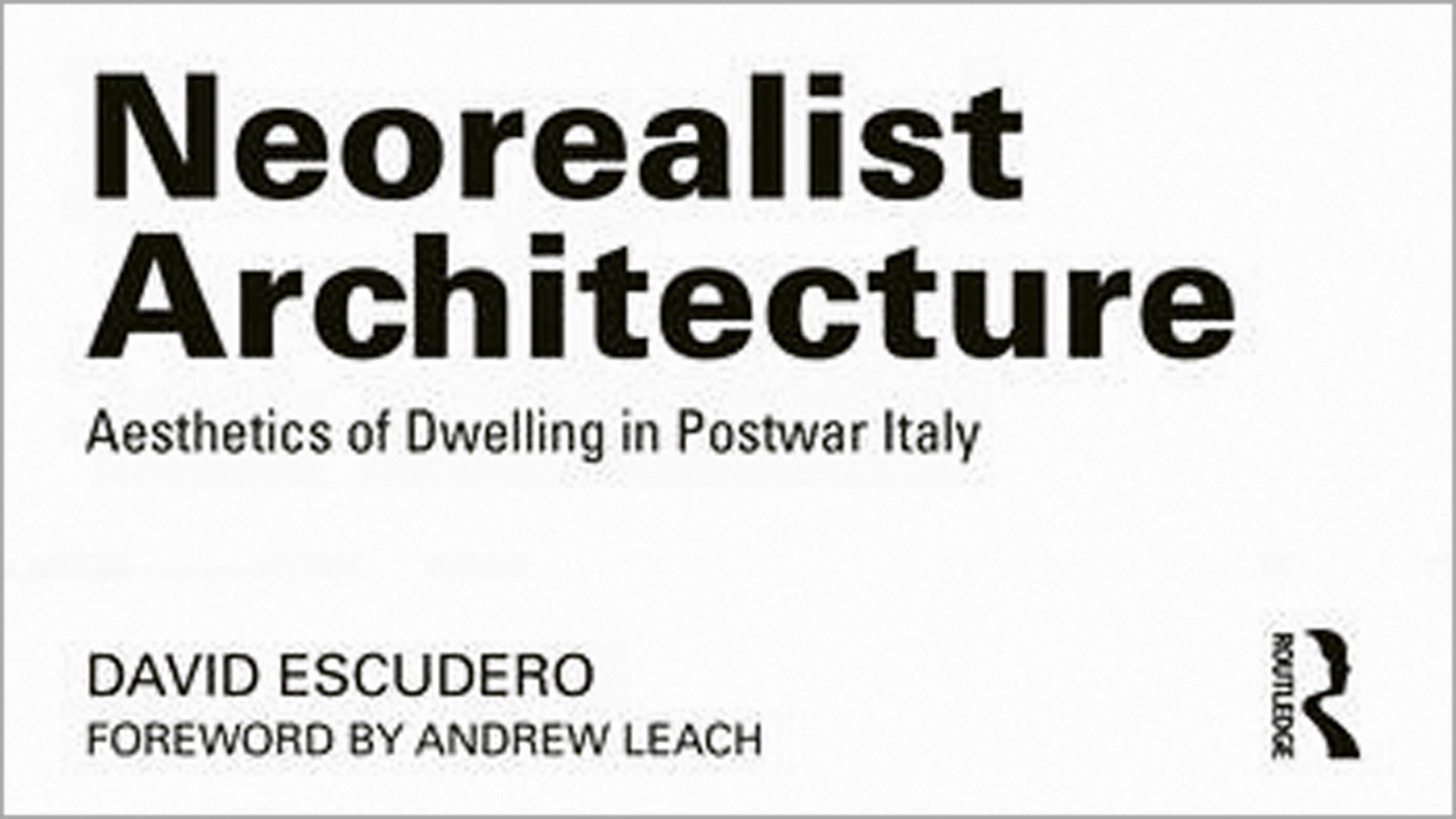
Lumpen people wander the streets of the Quartiere Tuscolano; bicycles wheel from the borgate to the new working-class districts; a helicopter flies over the empty grounds of the Aqua Claudia transporting a Christ statue to St. Peter’s… Such scenes from Mamma Roma, Ladri di biciclette, and La dolce vita show the importance of architecture and the city as sets and protagonists of ‘neorealism.’ This is the starting point of an offshoot of a doctoral thesis that tries to answer three questions: Does a ‘neorealist’ architecture exist? What contaminations took place between architecture, the arts, and society in early-postwar Italy? How was the imagery of neorealism created?
Organizing his study into a conceptual part that inquires into the term ‘neorealism,’ an architectural one that details one of the period’s most ambitious housing projects, and an aesthetic one that examines the production and dissemination of neorealist images, the author addresses the questions with rigor, avoiding the simplistic arguments that have no place in a phenomenon as rich and complex as neorealism. His focus is less on the objects than on the atmosphere that surrounded the cultural manifestations of the time; and his thesis is that there was indeed a ‘neorealist architecture,’ existing not only as a representation of the climate of the moment but also as an intervention on the reality that helped to reinforce that climate, and whose fundamental vehicle was no other than the unpredictable vicissitudes of life.







